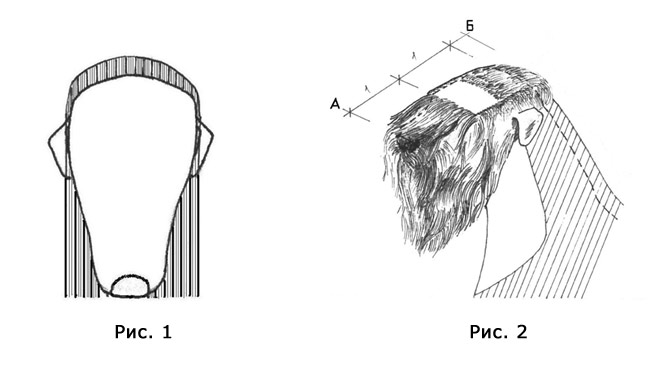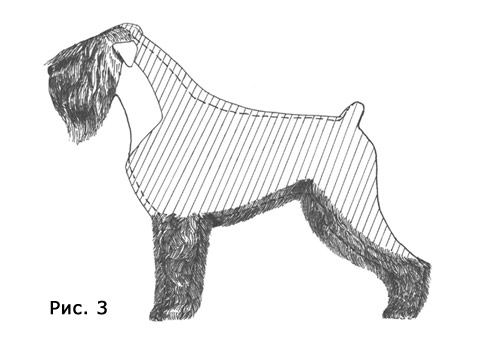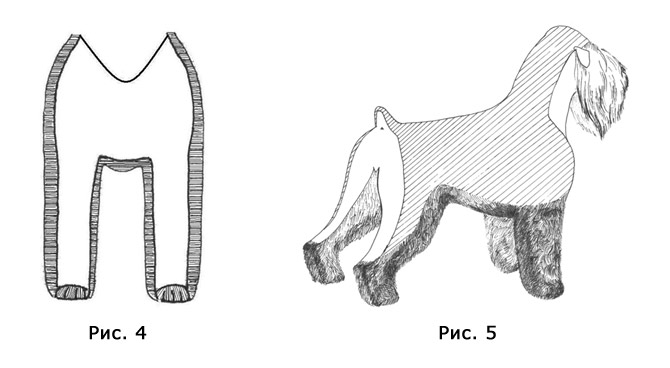RUSSIAN BLACK TERRIER GROOMING
Black Terriers are still subdivided by hair quality, structure and abundance: some have dominant coarse topcoat and thin undercoat, others have fairly coarse topcoat balanced with undercoat, and the third have dominant soft, often long undercoat that prevails over topcoat. The first coat type is the easiest for grooming; it is lustrous, almost never forms mats, and the dirt rolls down from its surface; however, the topcoat fades and thins out with time and is recommended to be shaved on chest and thighs together with thin undercoat once a year. The second type is the most preferable and decorative and retains its texture for a long time if groomed properly. The third type requires more thorough grooming and virtually daily combing; is more often apt to mat formation and looks dull, because topcoat that imparts lustre to the coat is sparse in this type.
The furnishings - beard, forelock and whiskers - are coarse and only need bushing and washing.
Clipping according to the established style
Before clipping, coat should be washed, well combed and contain only "live" undercoat and topcoat. The dead topcoat and undercoat form mats, which disable one to determine the correct texture of Black Terrier coat.
The habit of the Russian Black Terrier after clipping should represent the character of a strong and assured dog and by no means be excessively decorative.
Head clipping
Ears are clipped close both outside and inside. 0.5 cm is left on the outside of the ear; the edges are accurately clipped with scissors. On forehead, a rectangular patch from the brows to the inner edges of ears and as wide as the skull (or slightly narrower) is cut close (0.5 cm), possibly with electric clipper. Transition from the forehead to the back of the head is neatly cut with scissors to make a smooth transition from close-cut to longer (3-5 cm) coat at the back of the head, where the longer coat makes a topknot. Cheeks should be flat. The head after clipping should be brick-shaped as viewed at the top (proportions from the tip of the nose to occiput are given in Figure 1) and triangular as viewed sideways (Fig.2). Forelock should make a natural extension of the forehead and accentuate its rectilinear shape parallel to nasal arch.

Body clipping
The inner side of the neck is cut close (0.5-0.7 cm) from the junction of the lower jaw and the neck to the breast (keel) bone in the form of a chemisette. The line drawn from the keel bone along the shoulder blade will define the boundary between short coat in the lower part of the neck and a longer coat just below the shoulder blade and on shoulders. The transition should not be abrupt. All clip lines should grade from one form into another without affectation typical of fancy breeds. Correctly clipped front should accentuate shoulder line and create a push-forward effect (fig.3). Front line grades smoothly downward. Body coat (marked with oblique hatches in the figures) is left at 3 to 7 cm depending on the physical condition of the dog and coat condition (type). Along the lower line of the body, coat length slightly increases downward forming a skirt along the chest and abdomen. The strict line of the chest that protrudes slightly below the elbow and passes into moderately tucked-up abdomen imparts peculiar portliness to a physically well developed dog. Top line should smoothly descend from the base of the neck to the tail and accentuate the withers.

Legs clipping
Forelegs are clipped in columnar form. Coat on forefeet is clipped to attain a round shape (fig. 4).
Hindquarters. The back of the hind legs, from 1-2 cm above the heel to the anus, is clipped with electric clipper (fig. 5). The coat on the outer side of the thigh and a part of the lower thigh is left at 3-5 cm, smoothly lengthening toward the front, where a "skirt" is left, and downward to the pasterns. Coat on pasterns is left longer in harmony with the clip of the forefeet.

Translation - Elena Murashova



